Part D Prescription Drug Plans
$0.00
No Shipping
- Downloadable Product Info.
- No Payment Required
Description
Part D Prescription Drug Plans
You can sign up for Part D Prescription Drug Plans, which helps cover prescription drug costs, along with other components of Medicare starting three months before your 65th birthday.
It’s important to do this on time because there’s a permanent premium surcharge for enrolling more than three months after your 65th birthday if you don’t have equivalent drug coverage from another source, such as a retiree plan.
Let us help you with your enrollment
If you are already enrolled in a Part D “standalone” plan or a Medicare Advantage plan that incorporates drug coverage, you can switch plans during the open-enrollment period, which runs from Oct. 15 to Dec. 7 every year.
Let us help you. There is no cost for our service. We’re compensated by the insurance carrier once you enrol. Our compensation does NOT affect your Medicare payment or insurance cost if any.
Making Part D work
In 2022, you are facing higher out-of-pocket drug costs before you can qualify for catastrophic coverage. The out-of-pocket spending threshold will increase from $6,550 in 2021 to $7,050.
You will also face higher out-of-pocket costs in 2022 for the deductible and in the initial coverage phase before reaching the catastrophic coverage. The standard deductible is increasing from $445 in 2021 to $480 in 2022, while the initial coverage limit is increasing from $4,130 in 2021 to $4,430 in 2022.
Costs in the coverage gap
Most Medicare drug plans have a coverage gap (also called the “donut hole”). This means there’s a temporary limit on what the drug plan will cover for drugs.
Not everyone will enter the coverage gap. The coverage gap begins after you and your drug plan have spent a certain amount for covered drugs. Once you and your plan have spent $4,430 on covered drugs in 2022 ($4,130 in 2021), you’re in the coverage gap. This amount may change each year. Also, people with Medicare who get Extra Help paying Part D costs won’t enter the coverage gap.
Brand-name prescription drugs
Once you reach the coverage gap, you’ll pay no more than 25% of the cost for your plan’s covered brand-name prescription drugs. You’ll pay this discounted rate if you buy your prescriptions at a pharmacy or order them through the mail. Some plans may offer you even lower costs in the coverage gap. The discount will come off of the price that your plan has set with the pharmacy for that specific drug.
Although you’ll pay no more than 25% of the price for the brand-name drug, almost the full price of the drug will count as out-of-pocket costs to help you get out of the coverage gap. What you pay and what the manufacturer pays (95% of the cost of the drug) will count toward your out-out-pocket spending. Here’s a breakdown:
Of the total cost of the drug, the manufacturer pays 70% to discount the price for you. Then your plan pays 5% of the cost. Together, the manufacturer and plan cover 75% of the cost. You pay 25% of the cost of the drug.
There’s also a dispensing fee. Your plan pays 75% of the fee, and you pay 25% of the fee.
What the drug plan pays toward the drug cost (5% of the cost) and dispensing fee (75% of the fee) aren’t counted toward your out-of-pocket spending.
If you have a Medicare drug plan that already includes coverage in the gap, you may get a discount after your plan’s coverage has been applied to the drug’s price. The discount for brand-name drugs will apply to the remaining amount that you owe.
Generic drugs
Medicare will pay 75% of the price for generic drugs during the coverage gap. You’ll pay the remaining 25% of the price. The coverage for generic drugs works differently from the discount for brand-name drugs. For generic drugs, only the amount you pay will count toward getting you out of the coverage gap.
If you have a Medicare drug plan that already includes coverage in the gap, you may get a discount after your plan’s coverage has been applied to the drug’s price.
- Items that count towards the coverage gap
- Your yearly deductible, coinsurance and copayments
- The discount you get on brand-name drugs in the coverage gap
- What you pay in the coverage gap
- Items that don’t count towards the coverage gap
- The drug plan premium
- Pharmacy dispensing fee
- What you pay for drugs that aren’t covered
Choosing a plan
It pays to review your Part D coverage every year, especially if you have started taking new drugs.
Start at Medicare.gov, where you can find the basics about the benefit and Part D plans. There’s a link to the Medicare Part D Plan Finder, which allows you to compare offerings and coverage options in your area and includes a helpful formulary finder that allows you to compare plans based on their coverage of your personalized list of drugs. It will even show you your monthly out-of-pocket drug cost for the year
Contact us to help you understand your options.
Getting financial help
What is the income limit? To qualify for Extra Help, your annual income must be limited to $19,320 for an individual or $26,130 for a married couple living together. Even if your annual income is higher, you may still be able to get some Extra Help from Medicare to pay their Part D premiums and out-of-pocket drug costs. These income MAY CHANGE, so contact me to check.
Download Medicare’s instructions for EXTRA HELP.
Read about Five Ways to Lower Your Drug Costs.
This information was obtained from www.medicare.gov

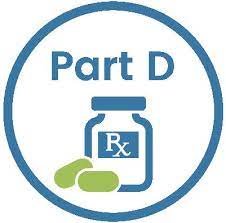
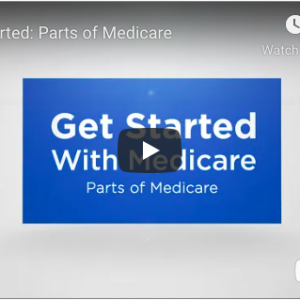
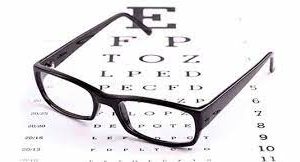
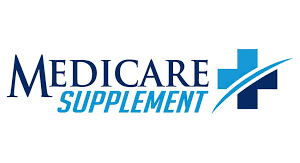
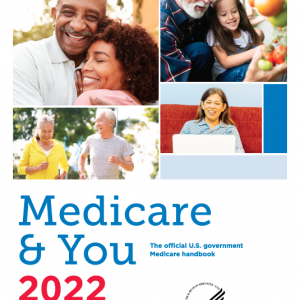
Reviews
There are no reviews yet.